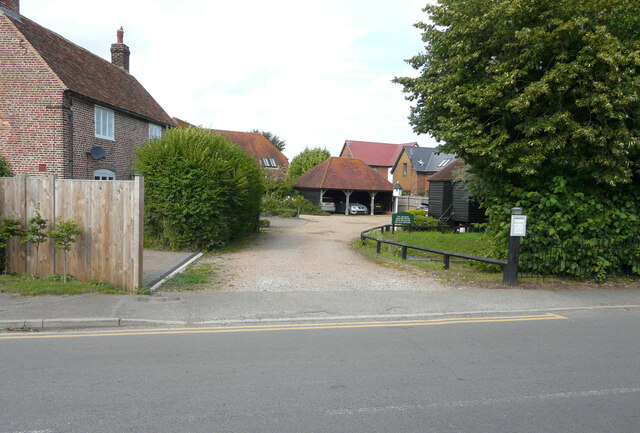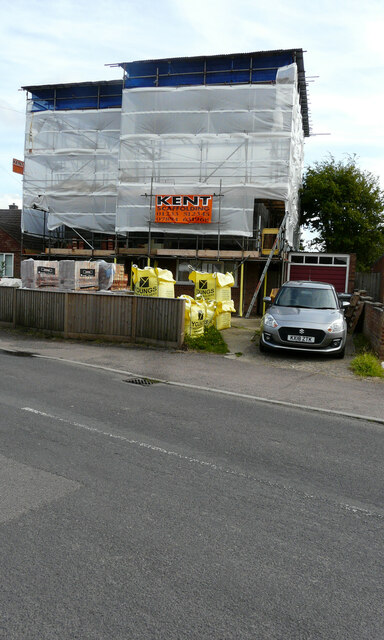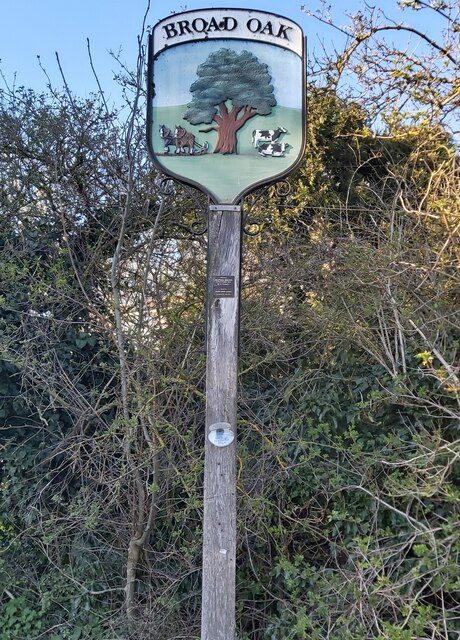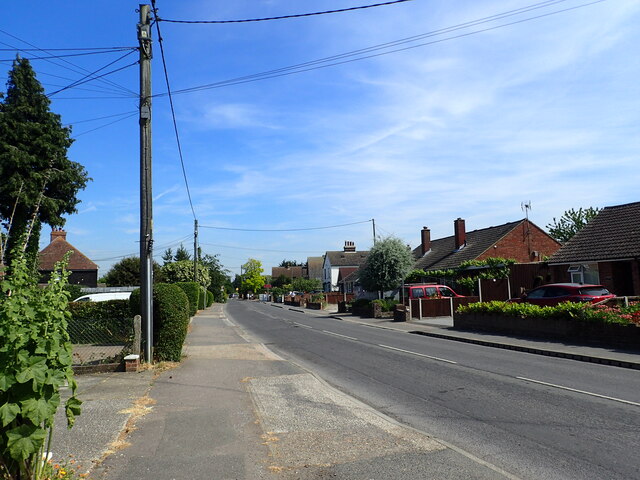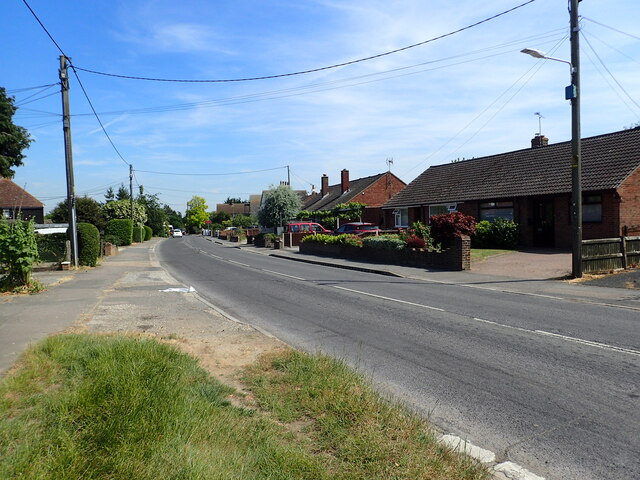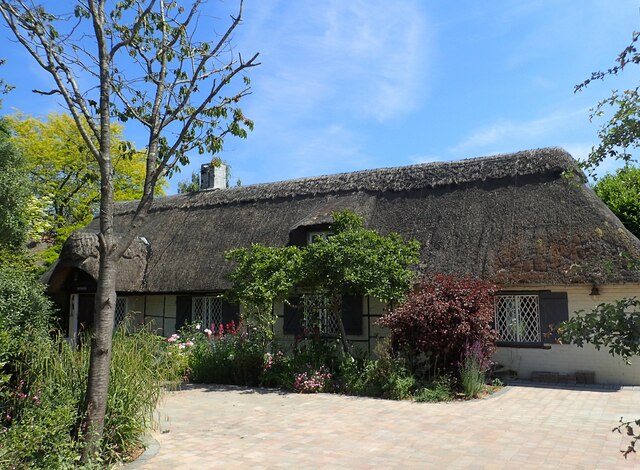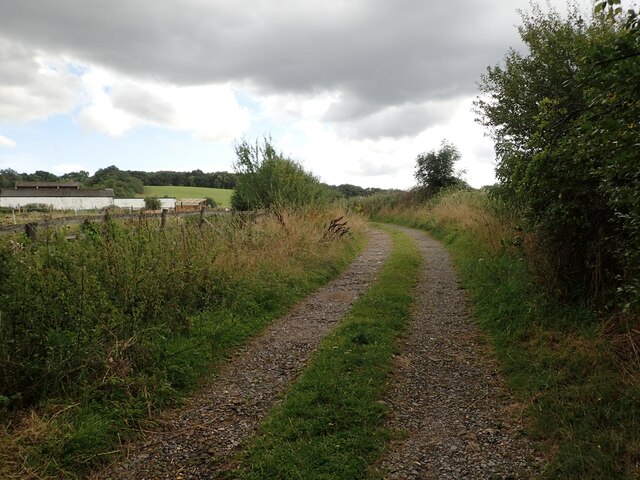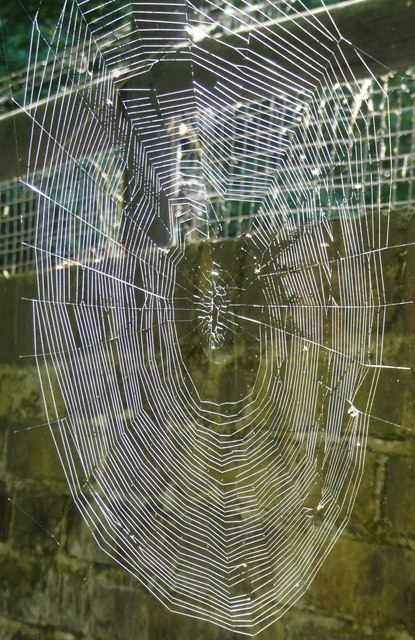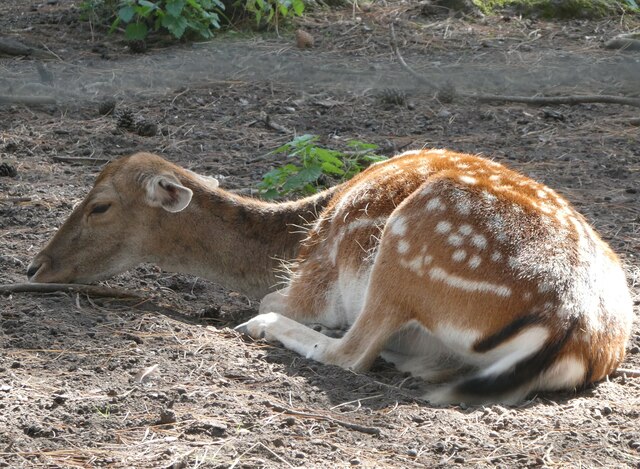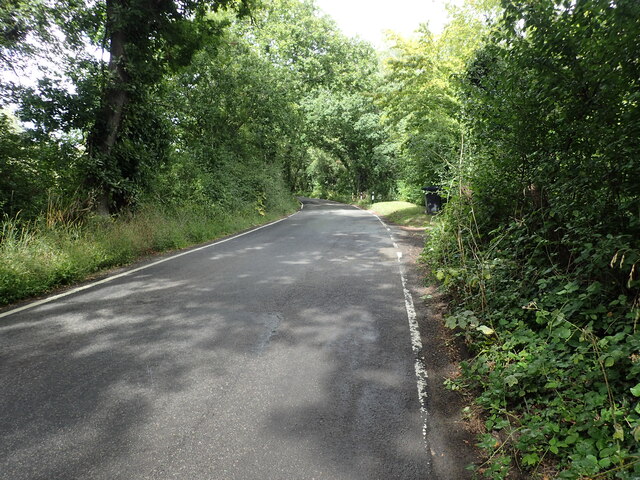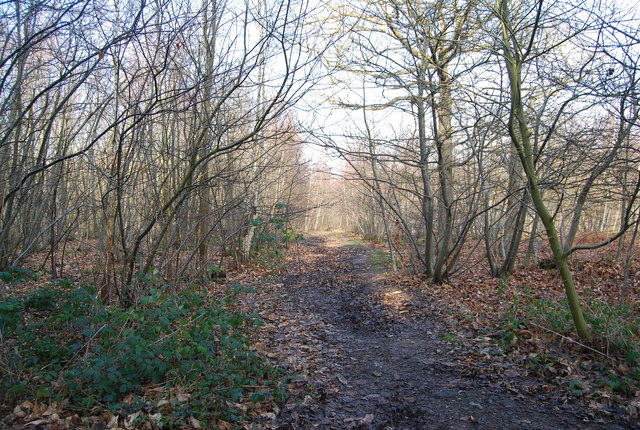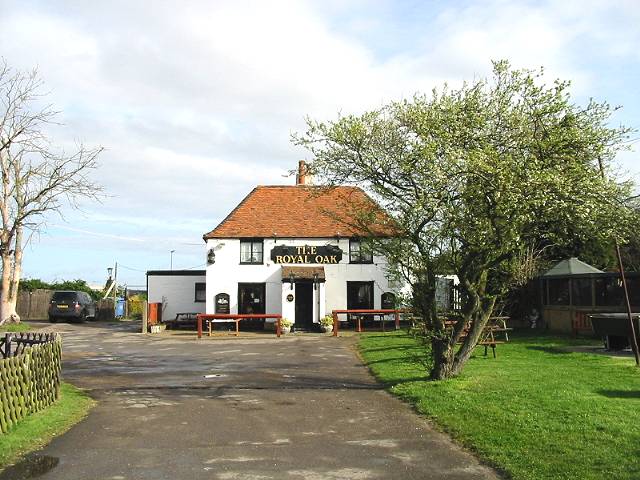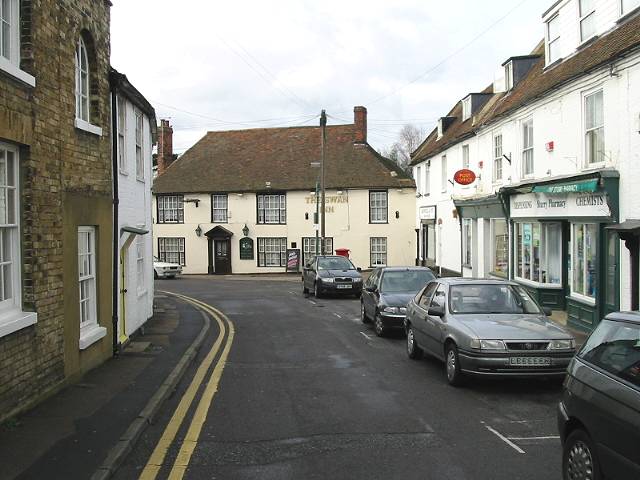Belce Wood
Wood, Forest in Kent Canterbury
England
Belce Wood

Belce Wood, located in Kent, England, is a picturesque woodland area encompassing approximately 100 acres. This ancient forest is renowned for its natural beauty and diverse ecosystem. Belce Wood is situated near the village of Hartley, forming part of the larger Hartley Wood. The wood is easily accessible, with a designated car park available for visitors.
The woodland is primarily composed of broadleaf trees, including oak, beech, and birch, which provide a dense canopy and create a serene atmosphere. The forest floor is covered in a rich carpet of moss and fallen leaves, adding to the wood's charm. Belce Wood is known for its vibrant displays of bluebells during spring, attracting nature enthusiasts and photographers alike.
The forest is home to a variety of wildlife, including deer, foxes, squirrels, and a wide array of bird species. These creatures thrive in the wood's diverse habitat, which includes both open spaces and dense undergrowth. Walking trails crisscross the woodland, offering visitors the opportunity to explore its hidden treasures while enjoying the peaceful ambiance.
Belce Wood also holds historical significance, with evidence of human activity dating back centuries. The wood features remnants of ancient boundary ditches and earthworks, serving as a reminder of the area's past. Archeological surveys have revealed artifacts and structures from different eras, providing valuable insights into the region's history.
Overall, Belce Wood in Kent offers a captivating experience for nature lovers, history enthusiasts, and those seeking tranquility amidst the beauty of the natural world. Its diverse ecosystem, scenic trails, and rich historical heritage make it a cherished destination for locals and visitors alike.
If you have any feedback on the listing, please let us know in the comments section below.
Belce Wood Images
Images are sourced within 2km of 51.326535/1.107232 or Grid Reference TR1663. Thanks to Geograph Open Source API. All images are credited.





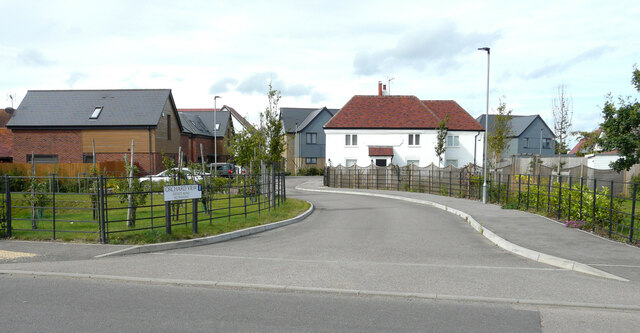

Belce Wood is located at Grid Ref: TR1663 (Lat: 51.326535, Lng: 1.107232)
Administrative County: Kent
District: Canterbury
Police Authority: Kent
What 3 Words
///guardian.product.squirted. Near Sturry, Kent
Nearby Locations
Related Wikis
Wildwood Discovery Park
Wildwood Trust (formerly known as Wildwood Discovery Park) is a woodland discovery park in Herne, near Canterbury in Kent, England. It features over fifty...
Calcott, Kent
Calcott is a hamlet in Sturry parish, in the Canterbury District of the English county of Kent. It lies on the A291 road, about 1+1⁄2 miles (2.4 km) north...
West Blean and Thornden Woods
West Blean and Thornden Woods is a 781-hectare (1,930-acre) biological Site of Special Scientific Interest north of Canterbury in Kent. It is part of the...
Broad Oak, Kent
Broad Oak is a village in Sturry parish, Kent, England. It lies west of the A291 road to Herne Bay; the centre of the village is about half a mile northwest...
Curtis Wood
Curtis Wood is a 5.3-hectare (13-acre) Local Nature Reserve in Herne in Kent. It is owned and managed by Canterbury City Council.This wood has diverse...
East Blean Woods
East Blean Woods is a 151.4-hectare (374-acre) biological Site of Special Scientific Interest south of Herne Bay in Kent. It is also a National Nature...
Sturry Pit
Sturry Pit is a 0.7 hectares (1.7 acres) geological Site of Special Scientific Interest north-east of Canterbury in Kent. It is a Geological Conservation...
Sturry
Sturry is a village on the Great Stour river situated 3 miles (4.8 km) northeast of Canterbury in Kent. Its large civil parish incorporates several hamlets...
Nearby Amenities
Located within 500m of 51.326535,1.107232Have you been to Belce Wood?
Leave your review of Belce Wood below (or comments, questions and feedback).
